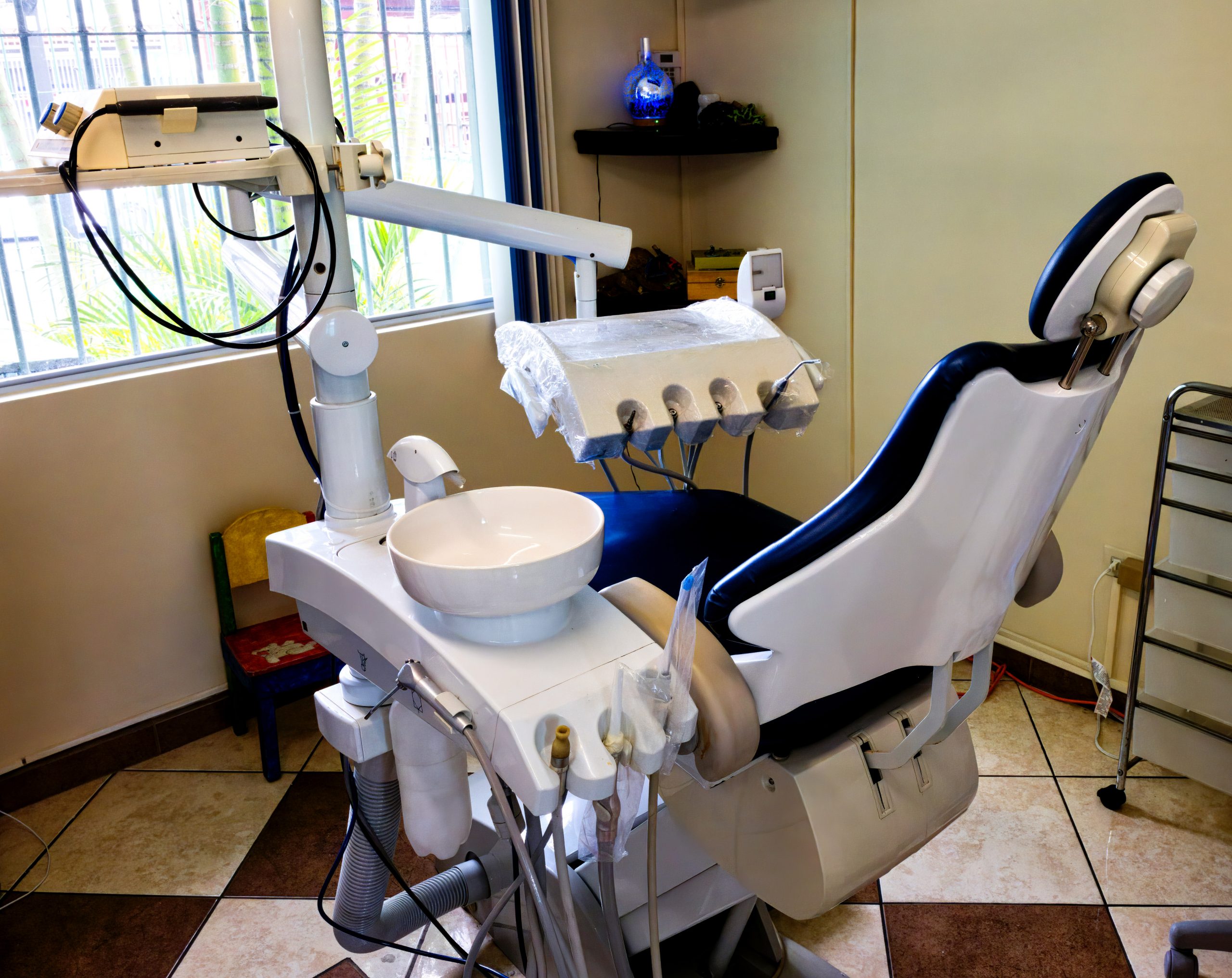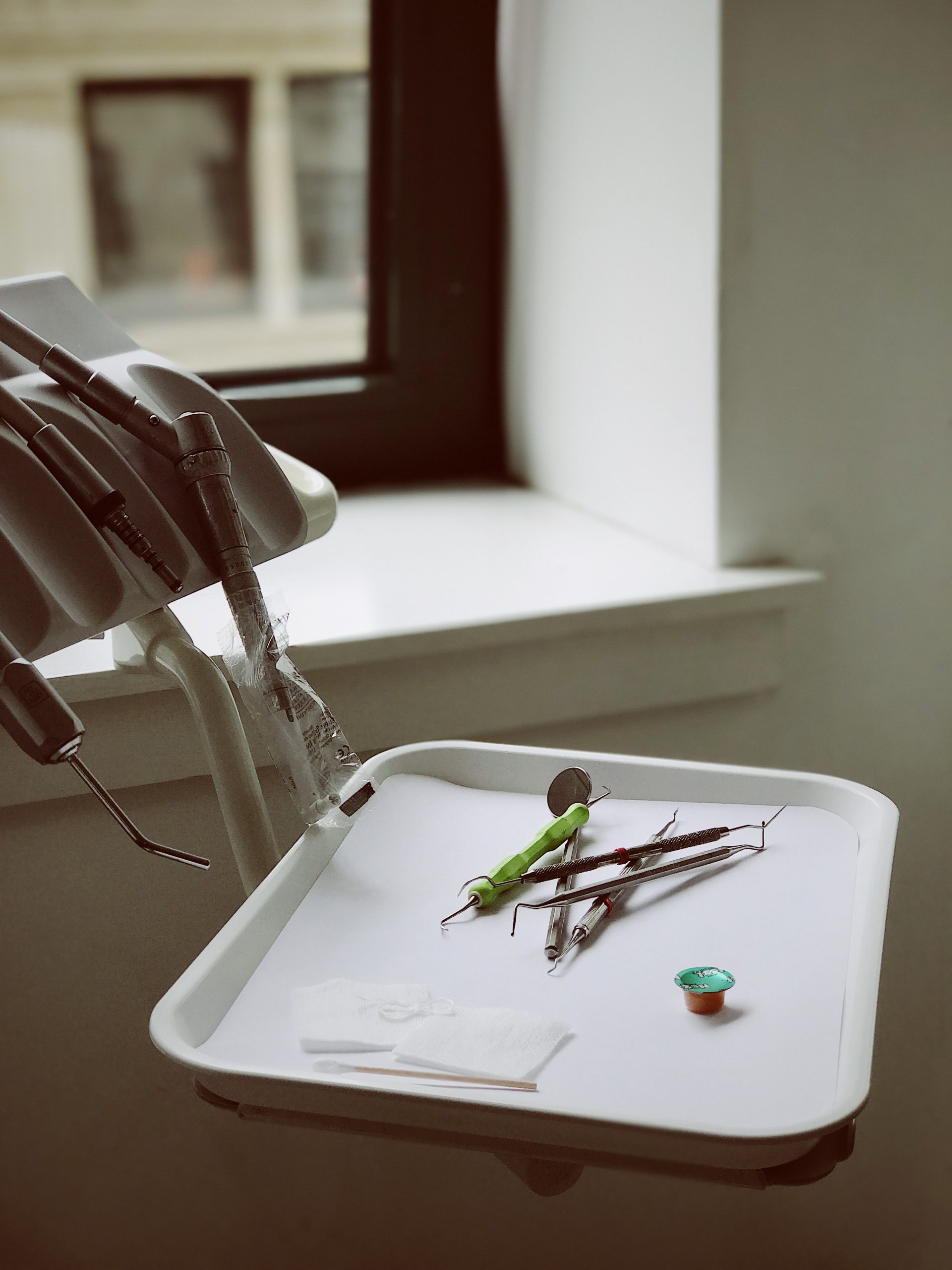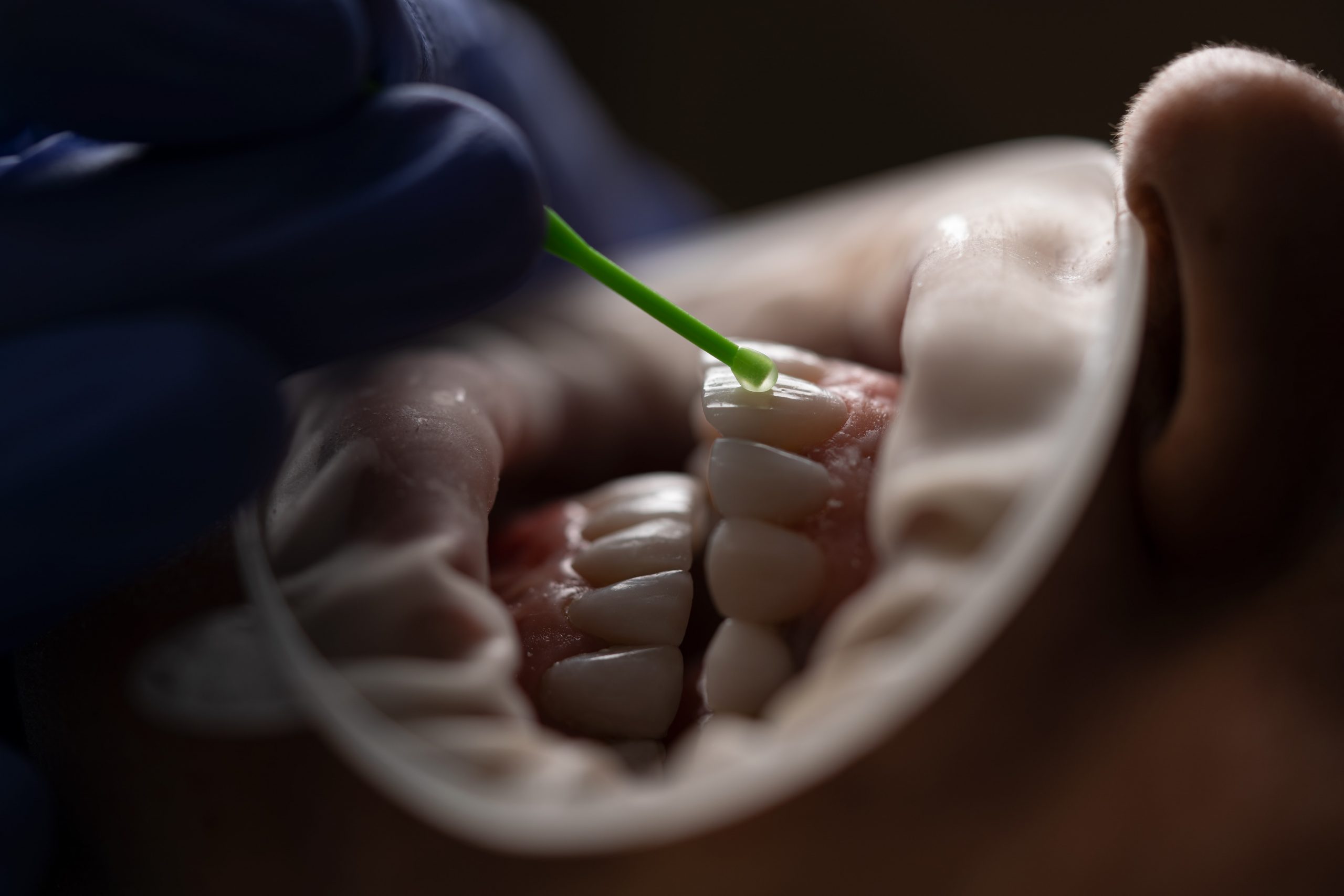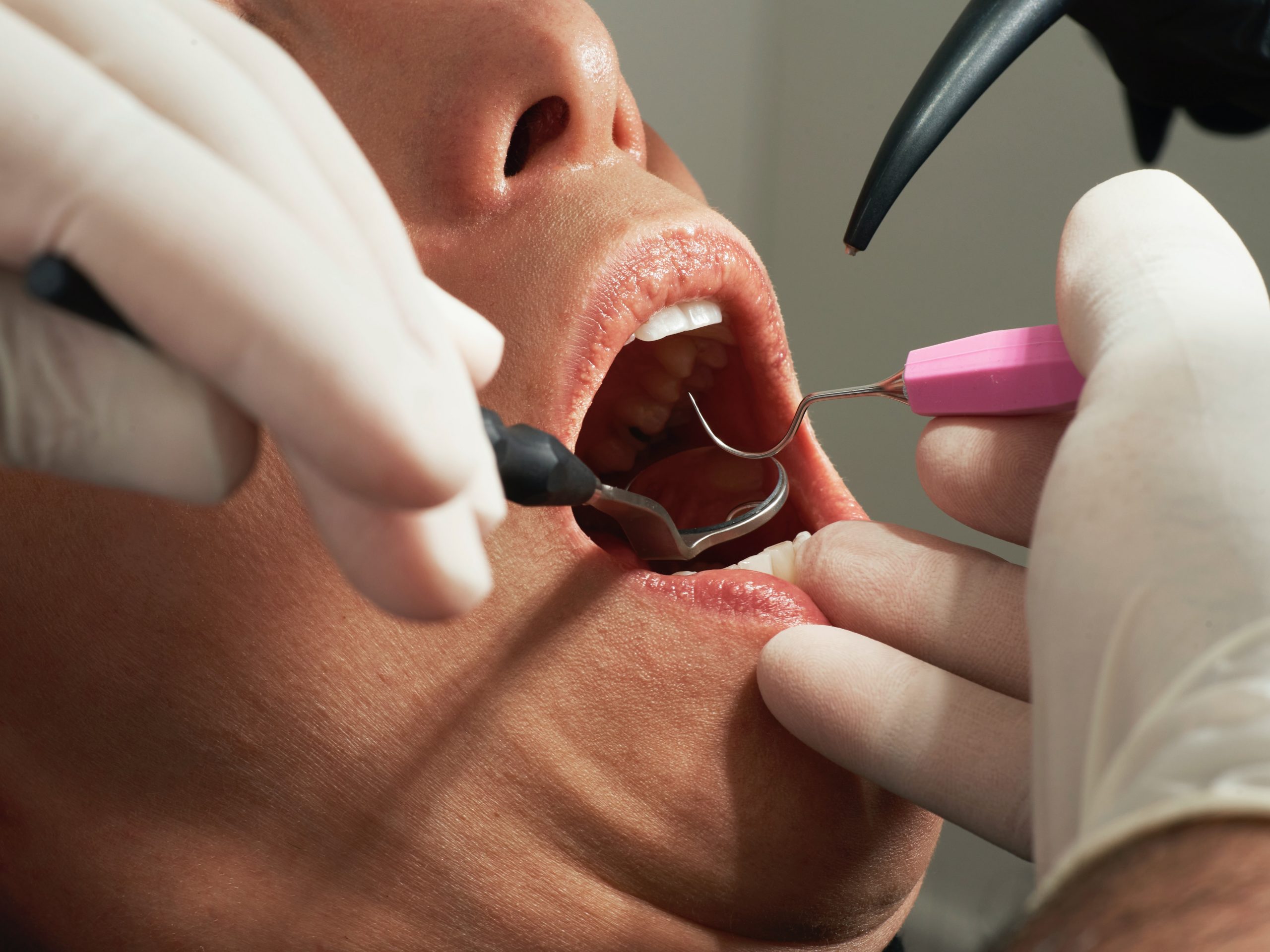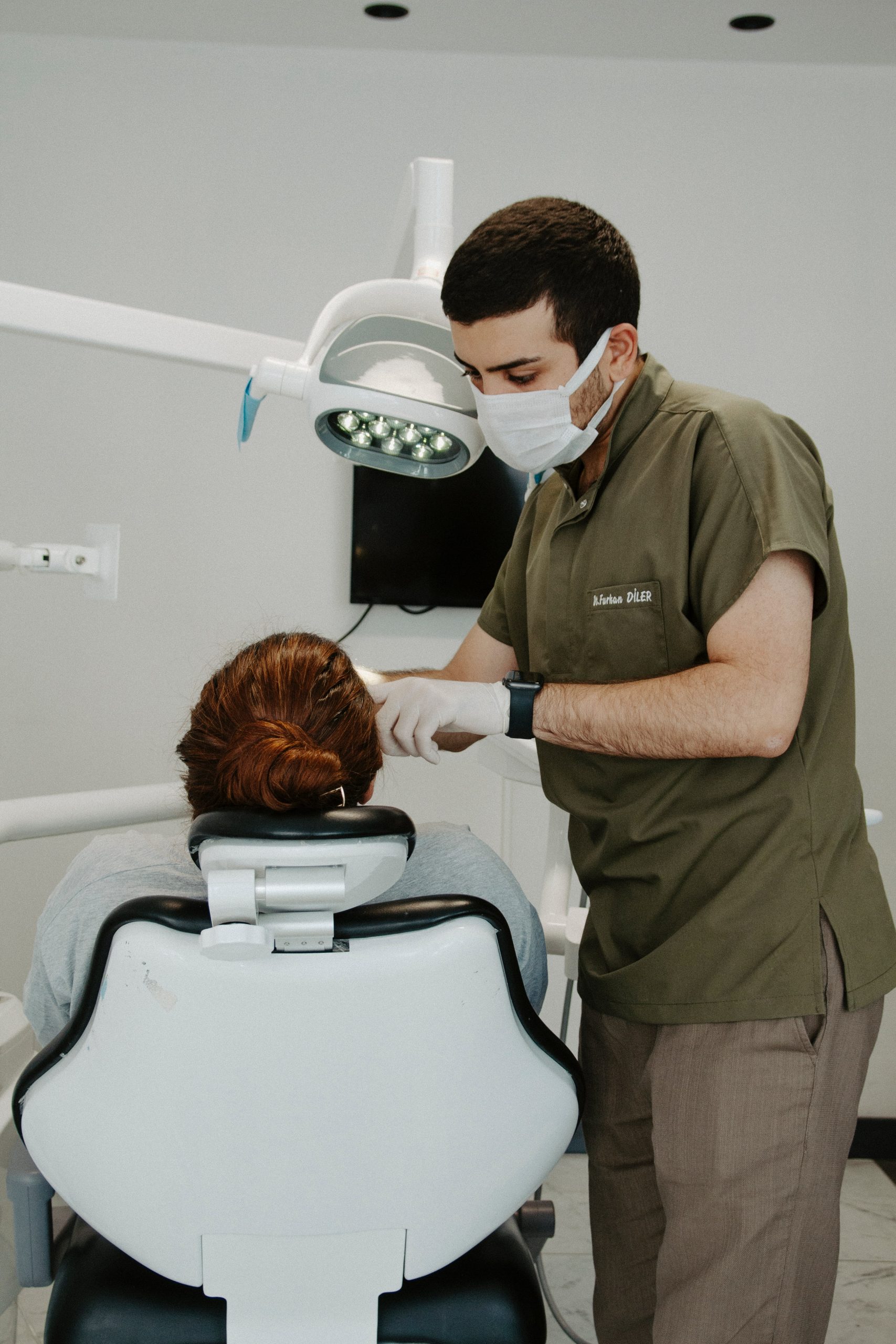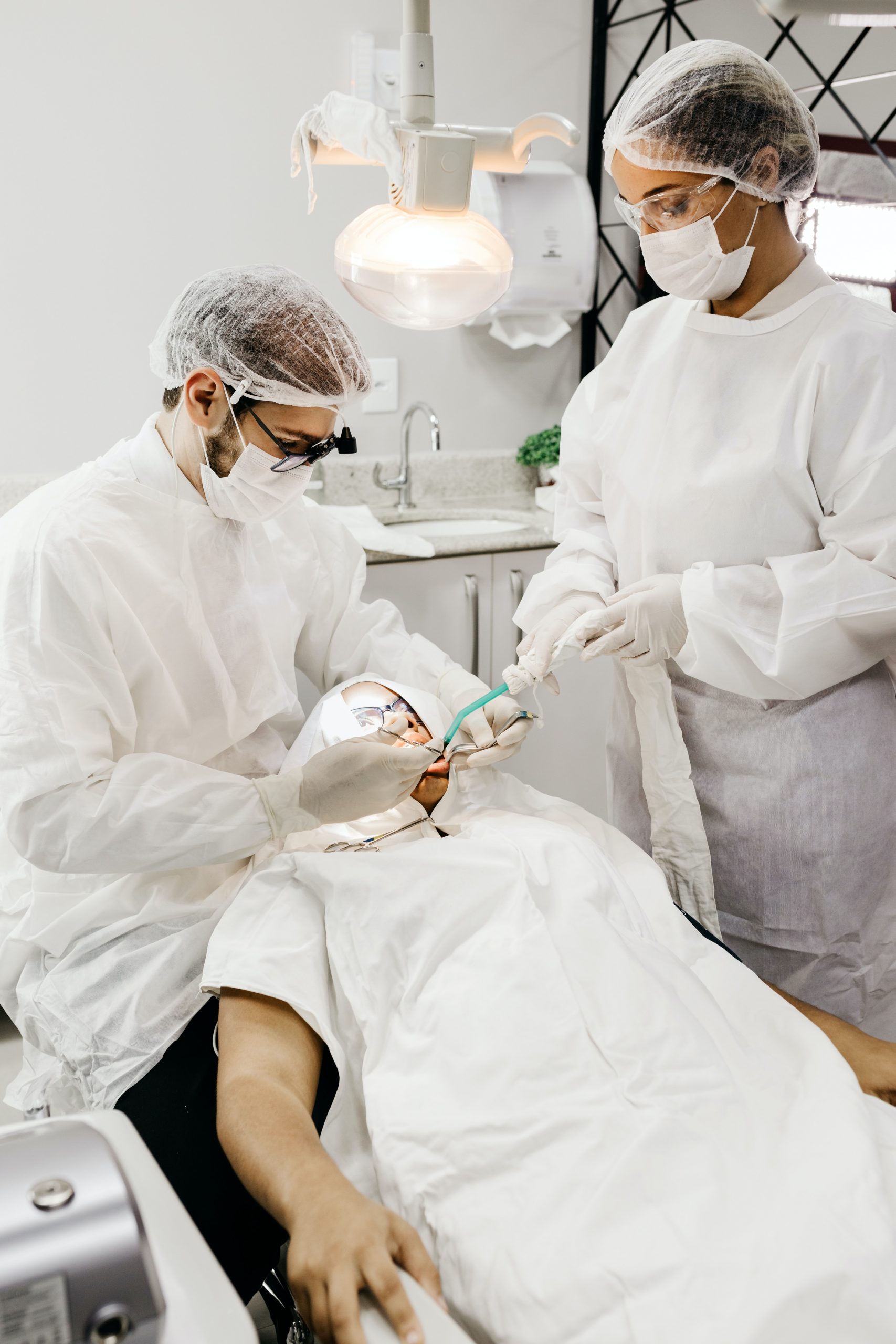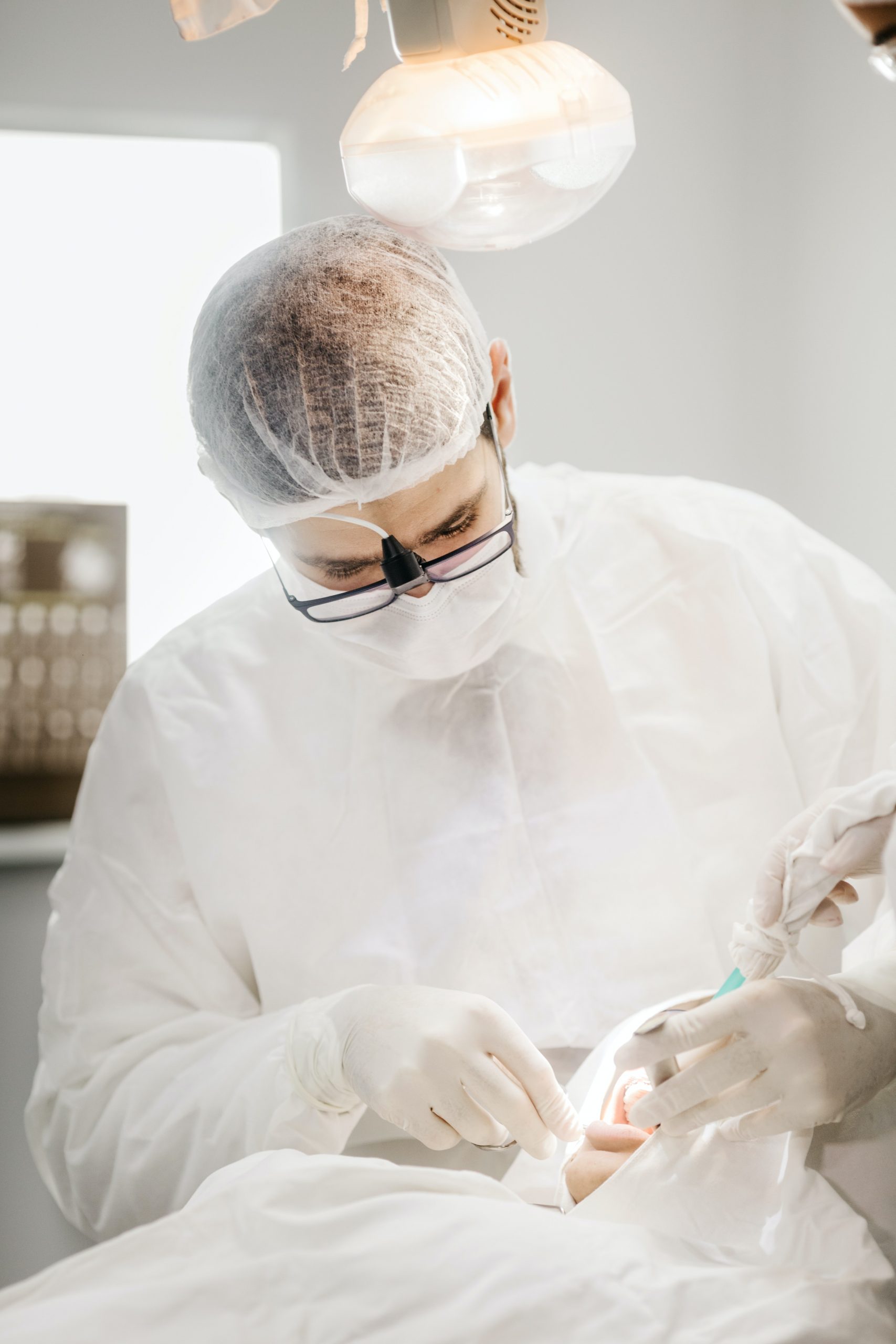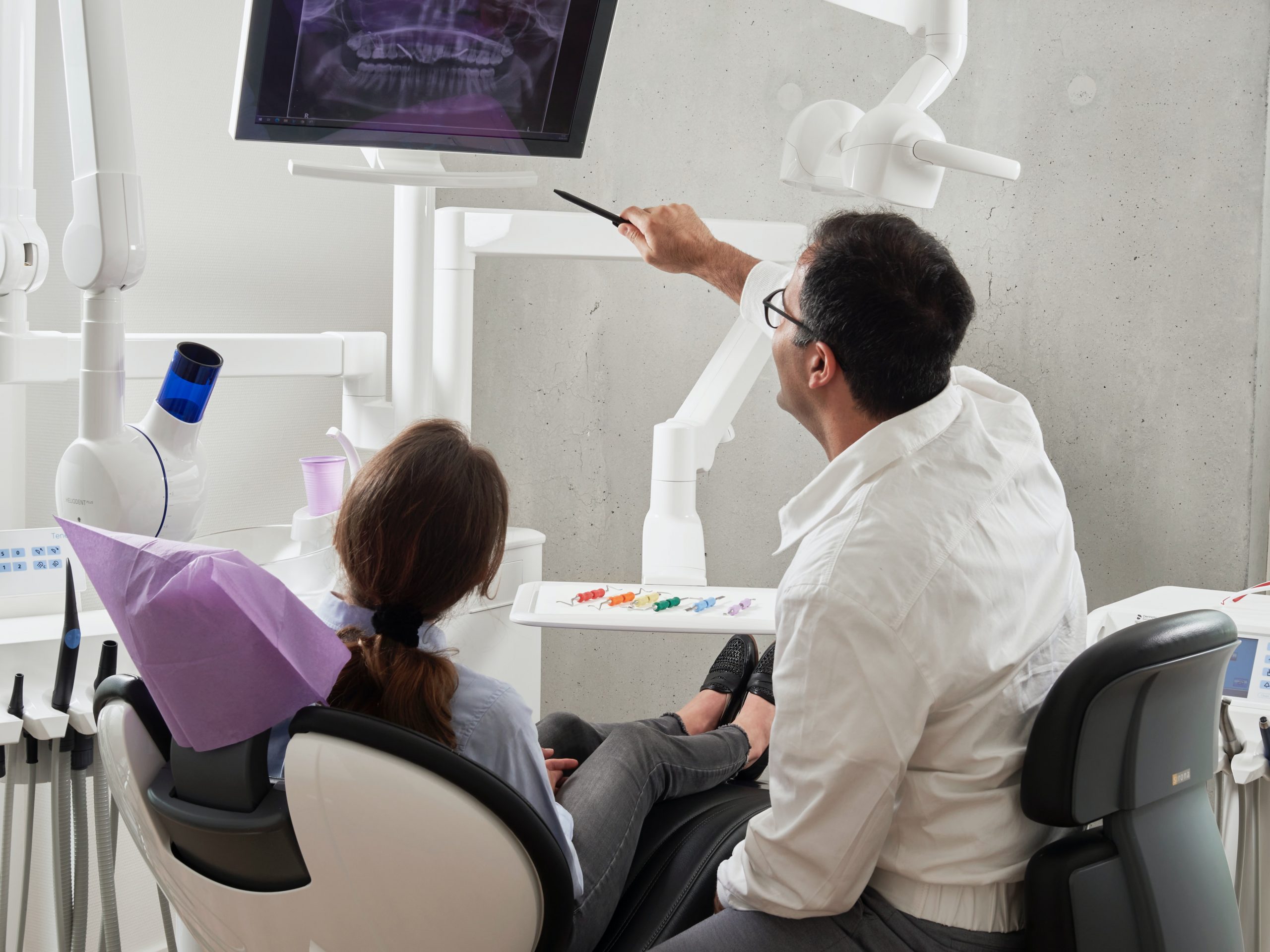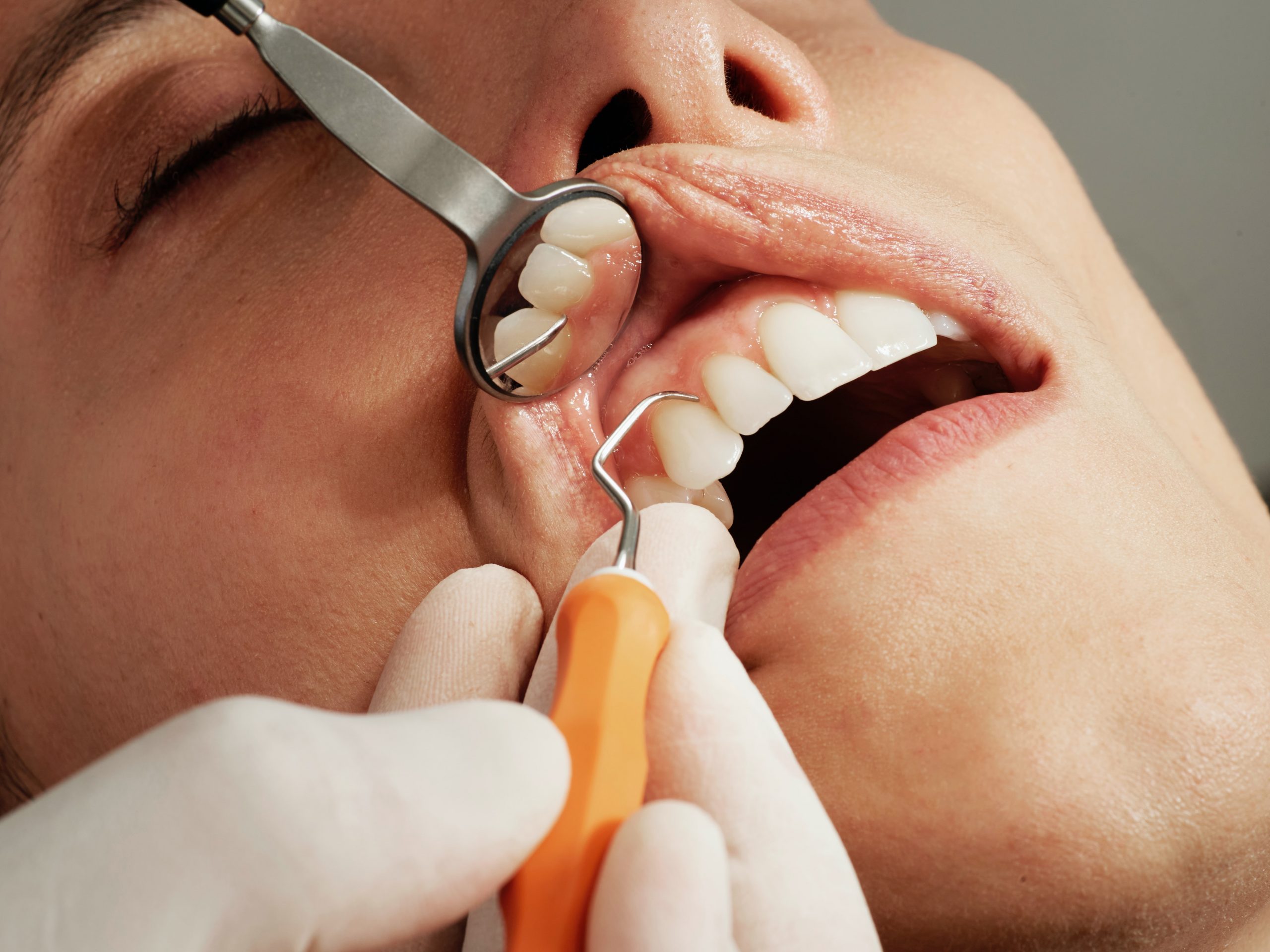
The Esthetic Anterior Restoration
Nowadays the demand for aesthetic prosthetic restorations is increasing. Therefore, the use of composite resins is increasing. We therefore must receive high-quality restorations. The increasing demands of patients on the aesthetics and the properties of micro-invasive restorative materials put the restoration of anterior teeth directly in the spotlight.
Direct bonding is a frequent form of restoration for the conservative improvement of anterior teeth.
The materials and techniques used for anterior restoration
1)Direct restorations: Direct bonding techniques using composite resins are a great way to keep a minimum to achieve invasive aesthetic restoration of the anterior teeth. They can be positioned and finalized during a single visit to the practice, in most cases without the intervention of a dental laboratory.
Achieving the expected aesthetic effects undoubtedly depends on the correct choice and the correct application of dental restorative materials. The technique must be able to preserve the shape, and size, select, fabricate and reproduce the natural color appearance of the restored tooth.
2)Auxiliary substances: opacifying agents and dyes: Truly "invisible" restorations that fully replicate the "natural" appearance of the teeth. The shade is used to indicate the translucency of the base incisal or cervical (gingival) shade and/or intensity (pigment load) to increase as required with a preselected color of the construction material.
For this effect to be possible, the hues must be translucent (rather than opaque) to allow refracted light to pass through and "transfer" the enhanced color to the composite layer above.
3)Composite layering: Reproduction of natural-looking color, translucency and surface texture is dependent on light propagation through the restoration (from the surface) through the composite material applied to the residual enamel, which is very similar to enamel and dentin.
4) Glass ionomer
5) Microfilled Resin Composite
Direct esthetic restorations of anterior teeth using resin composites and adhesive techniques are now widely used. Their current indications are broad, ranging from simple (routine) carious restorations in class III, IV and V cavities to single or multiple (including complex, extensive) incisal/proximal/buccal defects due to wear, trauma or dystrophic conditions changes. Of particular note are the increasing recommendation and use of proximal matrices and "open" oral surfaces which allow for much more convenient access for layering and contouring.
For more information, you can click on the link: https://docmode.org/endodontics/

